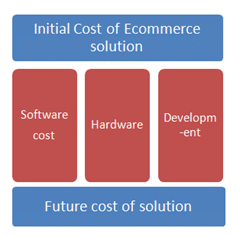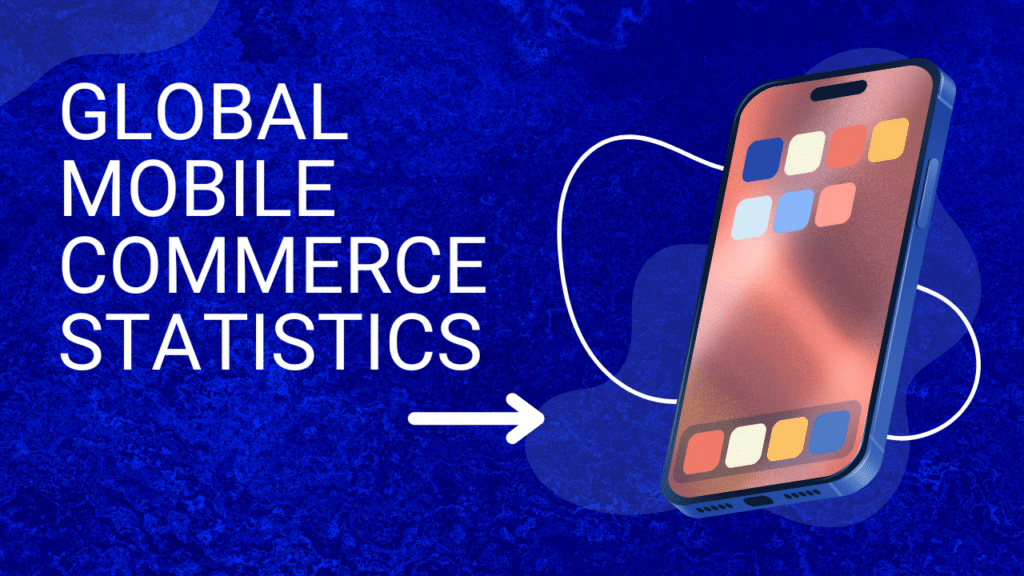In my first post, I discussed the first seven areas you should evaluate your ecommerce options. The areas we covered in the first post are:
- Out of the box features
- Time-to-market
- Ease of migration from current systems to new platform
- Ease of integration with external and internal systems
- Scalability issues
- Ease of customization (branding, change of look and feel, etc.)
- Upgrade challenges with an ecommerce package
In this post I discuss the other 6 areas you should consider when choosing an ecommerce option:
8. Backward support of platform
This is an issue particular to ecommerce packages. There are many reasons (financial, technical, business, etc.) where you may not want to follow the latest version of an ecommerce package. The support from ecommerce package providers becomes critical at that point. After all, it is a standard practice for software companies to stop supporting older versions of their software after a certain period of time. Unfortunately, backward support is one point many companies do not pay close attention to when selecting an ecommerce package. They usually do not have to deal with this until a few years later, but it can make the difference between being forced to upgrading and spending tens of hundreds of thousands of dollars or spending much less.
9. Cost structure of the solution
There are many different areas of cost you should evaluate for each of the solutions:
Software cost: Cost you will have to pay for the solution or any of its components. In case of custom development, you might have to pay for databases, certain development IDEs, application servers, web servers, etc. In the case of an ecommerce package, this cost is associated with the package itself and any components you might need to work with it. In a hosted solution, this is the cost for the solution.
There are many models to price an ecommerce solution. Some hosted solutions cost will vary based on the number of items you carry or the revenue your website generates. Others hosted solutions might charge you based on server utilization. Ecommerce packages are sold as software solutions that include a package cost based on the number of licenses, server setup, or some other standard software pricing mechanisms. Custom development involves the cost of resources to develop the application and the hardware to host it.
Hardware cost: How much do you have to pay for the hardware associated with the solution? While nowadays hardware should be the cheapest component of your ecommerce venture, costs can vary tremendously. AT&T or HP dedicate tens of thousands of dollars to hosting costs. Of course you only have to worry about that if you are looking into creating an enterprise site.
Customization cost: How much will it cost you to change the look and feel of the application? For your own custom code, this is the in house cost or the money you have to pay for an outside company to complete the job. In the case of ecommerce packages, this is the cost of professional services to complete the required customization cost. Many ecommerce packages make most of their money during customization work.
10. Internationalization
You hope that your site will grow and you will have to support international roll out of the site to multiple countries. You must evaluate how easy it will be to handle a multi country roll out. The issue at hand needs to go beyond mere translation of the site copy. I would argue that any feasible solution must at a minimal support that. What you need to consider whether releasing the site in multiple countries would actually mean having different servers and different databases or can you simply utilize the same code and the same infrastructure to support internationalization of the site.
11. Maintenance
What kind of investment is the final solution going to require after it is deployed? Maintenance costs should include both administrative ecommerce functions as well as technical support for the site. Administrative costs will exist regardless to the option you choose. Technical maintenance costs can vary. Hosted solutions require very little in terms of technical support from your team. Ecommerece packages and custom solutions might require large investments since some of these solutions are developed with proprietary technologies with limited number of people who know how to work on them. Not everyone is able to work on an ATG system for example. Finally, custom solutions will still require technical staff but since they might be developed based on general technologies, finding the right person to provide support should not be too difficult.
12. Search engine friendliness
It is not enough to build an e-commerce website. You’ll have to spend a lot of time marketing it. Many large e-commerce websites had to discover this reality the hard way. And the challenge of enterprise e-commerce packages is that they are so complex that no one usually pays close attention to search engine friendliness in the initial stages of implementation. At the end you might end up with a very powerful and expensive e-commerce website that is extremely difficult for crawlers to index or navigate through.
13. Conversion optimization
How much you invest in a solution does not matter if your site does not convert. We worked with clients who are able to release sites that cost them less than a 100k but were able to hit close to 8% conversion rates. At the same time, we worked with couple of clients who invested over $10 million each in their site while their conversion rates were below 1%. When evaluating a solution from conversion optimization perspective, you should ask the following:
- How well is the out-of-the-box solution optimized for conversion?
- What are conversion rates for the other ecommerce sites using the same platform?
- How easy is it to introduce optimization work to the platform?
We work with a client who utilizes a hosted ecommerce solution. Most of the optimization recommendations are difficult to implement due to the limitation of the hosted application. Some of the packaged ecommerce solutions are built with little attention to conversion optimization.




